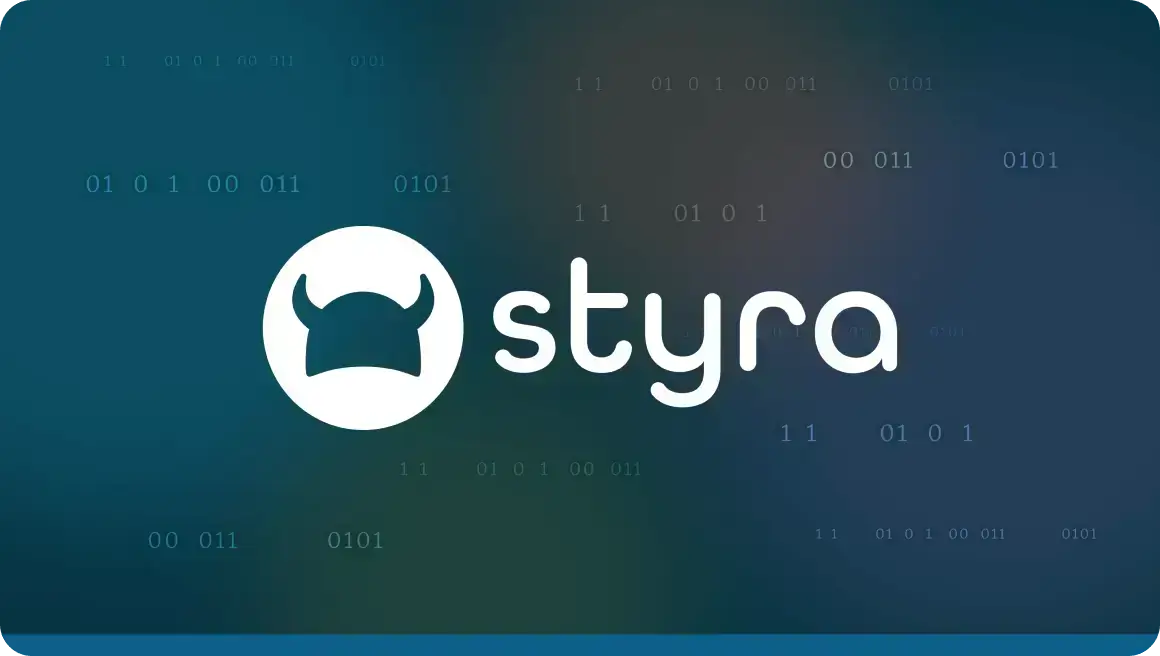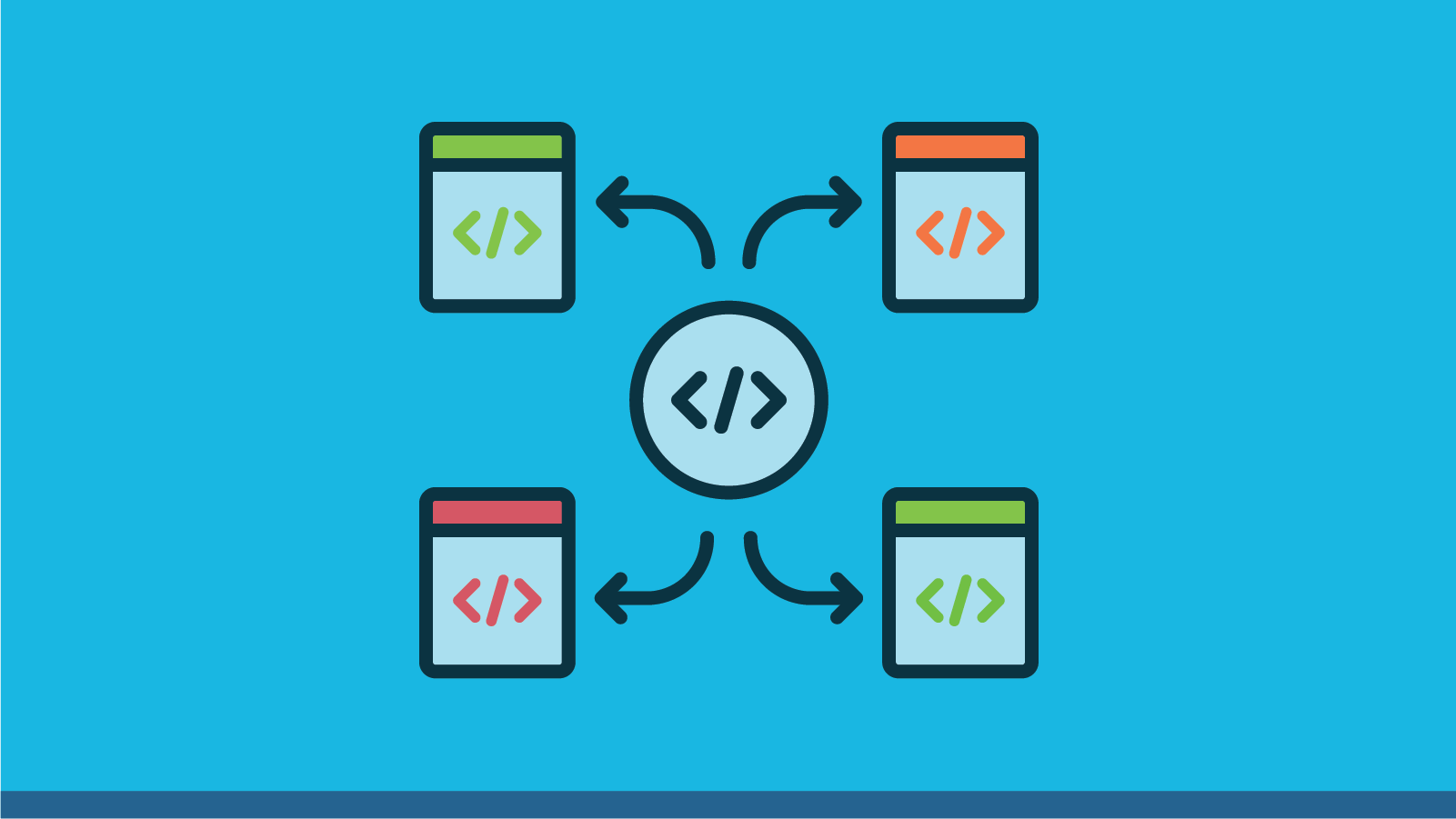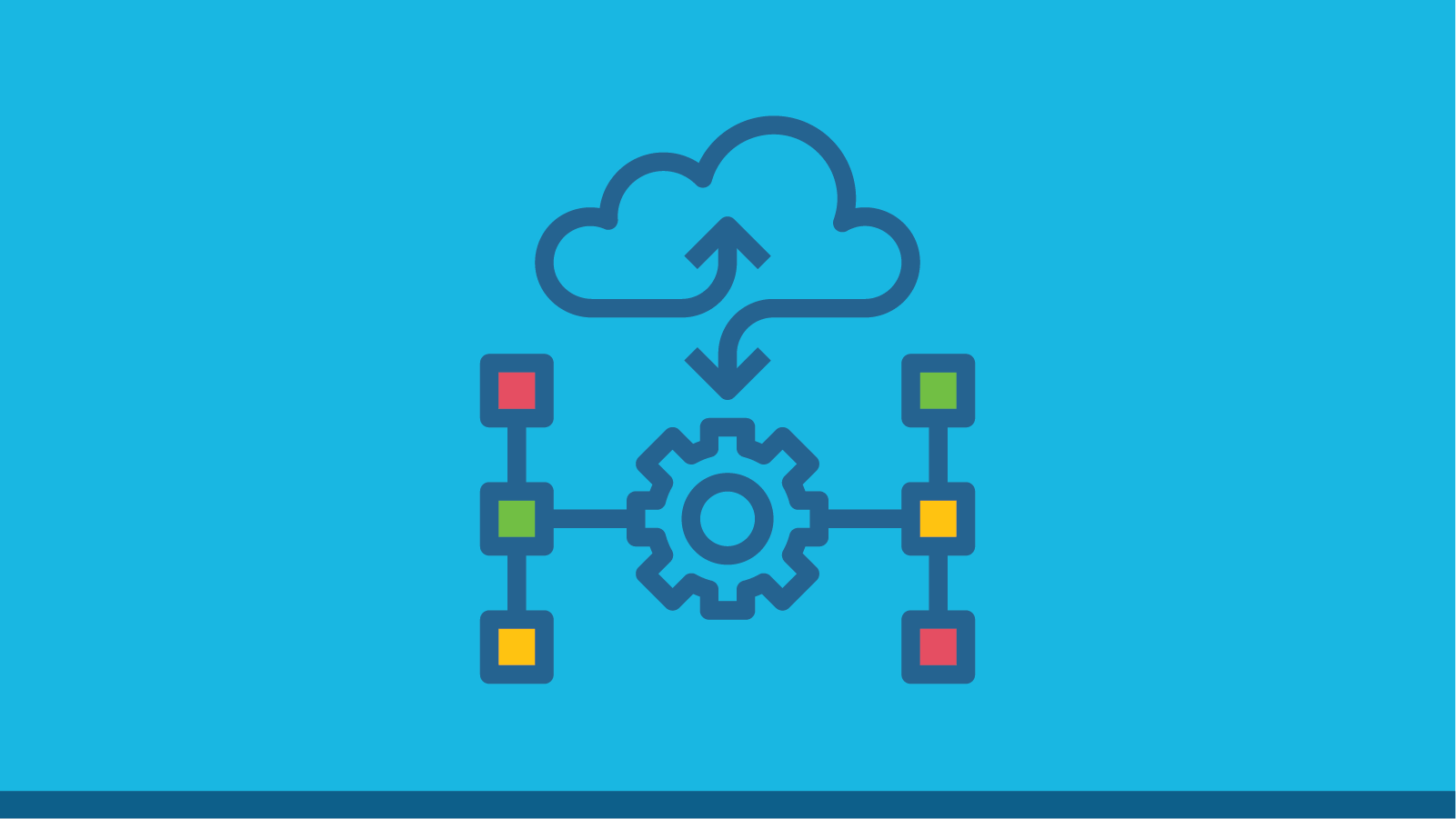What Is Cloud Infrastructure Entitlements Management?

Paul Foryt
Cloud infrastructure entitlements management (CIEM) refers to a class of software-as-a-service (SaaS) solutions for managing permissions and identities in cloud environments. These tools ensure that only authorized users and applications can access cloud resources, help organizations practice the security principle of least privilege and maintain cloud environments’ security, compliance and stability.
The rise of cloud computing has been a major driver in enterprises adopting related tools and technologies, such as CIEM. KuppingerCole estimates the CIEM market size to reach $1.44 billion by 2025, with an incredible compound annual growth rate (CAGR) of 36.9% from 2020 to 2025.
In this article, we discuss cloud infrastructure entitlement management, its importance and the tools used to accomplish it.
CIEM solutions: Why do we need them?
As per Gartner, cloud infrastructure entitlement management solutions are specialized SaaS tools that provide admin-time controls for entitlement and identity governance in hybrid or multi-cloud environments. The question is, why do these environments require specialized access control tools instead of relying on traditional identity and access management (IAM) solutions?
CIEM solutions are needed in hybrid or multi-cloud environments for the following reasons:
- Cloud infrastructure is designed to scale up or down as needed, and this dynamic scaling can result in frequent environmental changes. In addition, cloud resources are ephemeral, created only for short periods, making it difficult to manage access to them manually. Cloud infrastructure entitlement management provides dynamic access control that can adapt to these changes, ensuring authorization is adequately managed even as the environment evolves.
- Cloud environments can be complex and diverse, with a large number of resources, users and access controls to manage. Gartner estimates that by 2023, 75% of security failures will occur due to poor management of identities, access and privileges. CIEM solutions provide a centralized way to manage access, reducing the risk of errors and ensuring that policies are consistently applied. Cloud infrastructure entitlement management also offers real-time visibility into the usage of cloud resources, enabling organizations to monitor access and compliance violations.
- In today’s multi-cloud world, enterprises often use multiple cloud providers, each with its own IAM system and approach to access control. A Virtana report found that 82% of organizations were using a multi-cloud strategy in 2022. With CIEM, you get a unified framework for managing access across different cloud providers, ensuring that access to resources is consistently in line with a company’s policies, regardless of the underlying access control model.
Learn how to accelerate cloud migration with context-rich entitlements.
How do cloud infrastructure entitlement management tools work?
CIEM tools are designed to provide centralized, automated management of entitlements in the cloud. At their core, these solutions provide a framework for defining, managing and enforcing policies for cloud resources and services.
This framework typically includes the following key features:
- Identity management: A centralized view of all identities and associated privileges, enabling consistent access management across cloud resources.
- Access request workflow: A process for managing access requests, enabling organizations to approve or deny requests based on pre-defined policies.
- Audit and compliance: Auditing and reporting tools that monitor and track access to cloud resources, ensuring compliance with policies.
- Integration with cloud service providers (CSPs): Integration with multiple cloud providers to simplify access management across different cloud environments.
- Automation and scalability: Designed for automation and scale, these solutions help reduce errors and ensure consistent and efficient access management in complex cloud environments.
- Machine learning: Some CIEM solutions may use machine learning for risk assessment, anomaly detection and user behavior analysis. The use of machine learning can improve the accuracy and efficiency of access control decisions and automate the process of identifying and mitigating security threats.
Benefits of CIEM
Cloud infrastructure entitlement management offers several benefits to organizations, including improved security and a reduced attack surface. By practicing the security principle of least privilege and limiting access to only what is necessary, organizations can reduce the risk of data breaches and unauthorized access to sensitive information. CIEM ensures that only individuals who have a legitimate need have access to sensitive data.
Other CIEM benefits include:
- Continuous monitoring and visibility: Cloud environments’ dynamic nature and on-demand services create visibility issues for security teams. Cloud entitlement managers provide constant granular visibility into permissions and access activity across multiple clouds, allowing these teams to see what is being accessed and by whom.
- Enhanced compliance: Regulations, such as the General Data Protection Regulation (GDPR), require organizations to strictly control access to sensitive data. CIEM solutions create an audit trail to prove an enterprise’s compliance with these regulations, and the monitoring features automatically create alerts for the detection and remediation of compliance violations.
- Consistent policy enforcement across cloud platforms: Modern enterprise systems run on multiple public clouds from different cloud service providers (CSPs). These CSPs have various policies and capabilities that — without the centralized policy enforcement that CIEM provides — may lead to security gaps as the organization scales its cloud systems. CIEM provides a single view for security teams to control and monitor cloud permissions across all environments.
- Reduced excessive permissions: Organizations often grant unnecessary privileges to cloud identities in an effort to prevent productivity roadblocks. If threat actors gain access to the system, these permissions can lead to unhindered lateral movement. CIEM provides visibility into these access risks and automatically right-sizes these permissions based on what the identities actually need to function.
Frequently asked questions
What is cloud entitlement?
Cloud entitlement refers to permissions assigned via identity and access management (IAM) policies to users, workloads and data to perform necessary tasks. Right-sized permissions are essential to exercising the security principle of least privilege in cloud systems.
Is CIEM a category of IAM?
Cloud infrastructure entitlements management (CIEM) is a platform for managing cloud IAM controls. CIEM covers identity and permission management across multiple cloud environments — a capability that traditional IAM tools lack.



